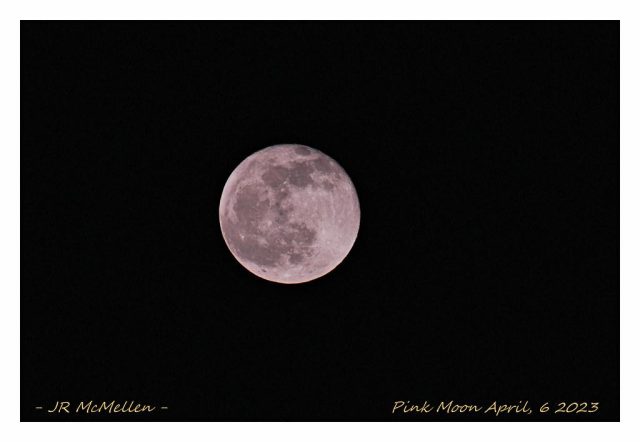In today’s fast-paced world, stress has become an all-too-familiar companion for many of us. Whether it’s the demands of work, personal relationships, or simply the relentless pace of modern life, the pressure can often feel overwhelming. Yet, amidst the chaos, there lies a powerful tool that can help alleviate this burden: visualization techniques. Imagine harnessing the power of your mind to create a sanctuary of calm and focus, a place where stress melts away and clarity takes its place. In this article, we will explore how visualization can become an integral part of your stress management toolkit. With empathy and understanding, we’ll guide you through simple, yet effective techniques to transform your mental landscape, offering you a refuge of peace whenever you need it most. Let’s embark on this journey together, discovering how the power of imagination can lead to real-world serenity.
Understanding the Power of Visualization to Alleviate Stress
Visualization is a transformative tool that allows you to create a mental image of a peaceful setting, guiding your mind away from stressors and into a realm of calm. This technique taps into the brain’s ability to recreate sensory experiences, providing a sanctuary of relief in moments of tension. The beauty of visualization lies in its simplicity and accessibility. You can practice it anywhere, anytime, simply by closing your eyes and imagining a place where you feel safe and relaxed.
To harness the full potential of visualization, consider incorporating the following steps into your routine:
- Find a Quiet Space: Seek out a comfortable environment free from distractions. This could be a cozy corner of your home or a tranquil spot in nature.
- Focus on Details: Engage all your senses. Picture the colors, sounds, and textures of your imagined scene. The more vivid the imagery, the more effective the technique.
- Breathe Deeply: Sync your breathing with your visualization. Inhale slowly as you envision positive energy entering your body, and exhale tension with each breath out.
| Benefits of Visualization | How it Helps |
|---|---|
| Reduces Anxiety | Shifts focus from stressors to calming images. |
| Enhances Mood | Encourages positive thinking and emotional balance. |
| Improves Sleep | Relaxes the mind, preparing it for restful sleep. |

Crafting Your Personalized Visualization Routine
Creating a personalized visualization routine can be a transformative journey towards managing stress more effectively. Begin by identifying what brings you peace and clarity. This could be serene images of nature, calming sounds, or even envisioning your happiest memories. Tailor your routine to incorporate these elements, and remember, there’s no one-size-fits-all approach. Here are some suggestions to get you started:
- Time of Day: Choose a time when you’re least likely to be interrupted. Morning visualization can set a positive tone for the day, while evening sessions can help unwind and release stress.
- Environment: Create a dedicated space that’s free from distractions. This could be a cozy corner in your home, a spot in a nearby park, or even a virtual space through a VR headset.
- Tools and Aids: Consider using guided visualization apps, calming music playlists, or aromatherapy to enhance your experience.
To track your progress and refine your routine, it can be helpful to keep a visualization journal. Here’s a simple table to guide your journaling:
| Day | Visualization Theme | Duration | Impact on Stress Levels |
|---|---|---|---|
| Monday | Beach Serenity | 10 minutes | Significant |
| Wednesday | Mountain Calmness | 15 minutes | Moderate |
| Friday | Forest Tranquility | 20 minutes | High |
By maintaining this journal, you can observe patterns and adjust your visualization themes or durations to better suit your needs. Remember, the key is consistency and openness to adapt as your journey evolves.

Guided Imagery Techniques for Daily Stress Relief
Visualization techniques can be a powerful tool to ease daily stress. By creating vivid mental images, you can shift your focus from stressors to calming and serene experiences. Here’s how you can incorporate these techniques into your routine:
- Beach Visualization: Close your eyes and imagine the gentle waves of the ocean lapping at the shore. Feel the warmth of the sun on your skin and the soft sand beneath your feet. Let the rhythmic sound of the sea guide your breathing into a calm, steady rhythm.
- Forest Retreat: Picture yourself walking through a lush forest. Hear the crunch of leaves underfoot, smell the fresh earth and pine, and listen to the birds chirping above. Imagine each breath bringing in fresh, invigorating air.
- Mountain Top Meditation: Visualize yourself at the peak of a tranquil mountain. Feel the cool breeze and see the expansive view. With each deep breath, let go of tension and embrace the sense of freedom and space.
| Technique | Benefits |
|---|---|
| Beach Visualization | Promotes relaxation and reduces anxiety |
| Forest Retreat | Enhances mental clarity and grounding |
| Mountain Top Meditation | Encourages a sense of perspective and calm |

Overcoming Common Challenges in Visualization Practices
Visualizing can be a powerful tool for stress management, but it often comes with its own set of challenges. Many people struggle with maintaining focus or finding the right imagery that resonates with their emotions. To help you navigate these hurdles, here are some practical solutions:
- Challenge: Difficulty in focusing during visualization sessions.
Solution: Begin with short, guided sessions. Using apps or audio guides can provide structure and help keep your mind anchored to the visualization process. - Challenge: Finding imagery that effectively reduces stress.
Solution: Create a personalized imagery library. Reflect on past experiences or places that made you feel calm and content, and use these as your go-to visuals during stressful times. - Challenge: Inconsistent practice.
Solution: Set a routine by pairing visualization with daily habits like brushing your teeth or having your morning coffee. Consistency can turn visualization into a natural part of your day.
| Challenge | Solution |
|---|---|
| Mind Wandering | Use guided sessions |
| Stressful Imagery | Create a personal library |
| Inconsistency | Pair with daily habits |
By addressing these common challenges, you can enhance the effectiveness of visualization techniques and make them a reliable part of your stress management toolkit. Remember, the key is to be patient with yourself and keep experimenting until you find what works best for you.








































